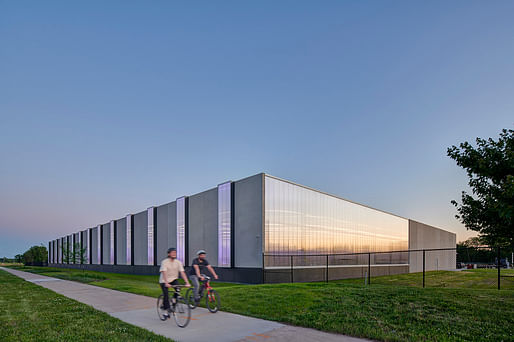

The American Institute of Architects has welcomed a move by the Biden Administration to introduce the first-ever Federal Building Performance Standard. Under the plans, buildings owned by the Federal government will cut energy use and electrify equipment across 30% of their building space by 2030. The plan is part of a broader mission to achieve net-zero emissions in all Federal buildings by 2045.
To implement the standards announced by the White House last week, Federal agencies will invest in heat pumps, electric water heaters, and other building system technology with an emphasis on American-made products.
“Upgrading the Federal building portfolio to meet the new standard will reduce reliance on imported fossil fuels from volatile parts of the world and cut millions of tons of GHG emissions,” the White House said in a statement. “To further reduce costs and maximize efficiencies, agencies will apply electrification strategies in conjunction with deep energy retrofits, energy use and water use reductions, and other facility improvements.”
The AIA has welcomed the move, calling it an “ambitious goal” to cut energy use. The institute also expressed support for a complimentary step taken by the U.S. Department of Energy, which will set emission reduction targets for Federal buildings, and require equipment electrification in new Federal buildings as well as Federal buildings undergoing major renovation.
“The AIA supports the Council on Environmental Quality’s (CEQ) Federal Building Performance Standard requiring agencies to cut energy use and electrify equipment and appliances to achieve lower emissions in 30 percent of their buildings by square footage by 2030,” said AIA President Dan Hart. “While there is still more work to do to decarbonize the building sector, the development of this standard is an important step for reducing greenhouse gas emissions from the federal buildings sector.”
The AIA’s endorsement of climate actions taken by the White House comes weeks after the institute released an update on progress made by signatories to the AIA 2030 climate commitment. In July, meanwhile, the U.S. Congress approved an AIA-recommended upgrade to the Capitol building to make the campus more accessible.
Separately, this month has also seen climate coalition Architects Declare released an open letter to the CTBUH calling skyscrapers “an absurdity” in the context of climate change, while Arup undertook a carbon assessment of 1000 projects in its portfolio for COP27. In doing so, the firm called for greater efforts to collect climate data in the AEC industry.
No Comments
Block this user
Are you sure you want to block this user and hide all related comments throughout the site?
Archinect
This is your first comment on Archinect. Your comment will be visible once approved.